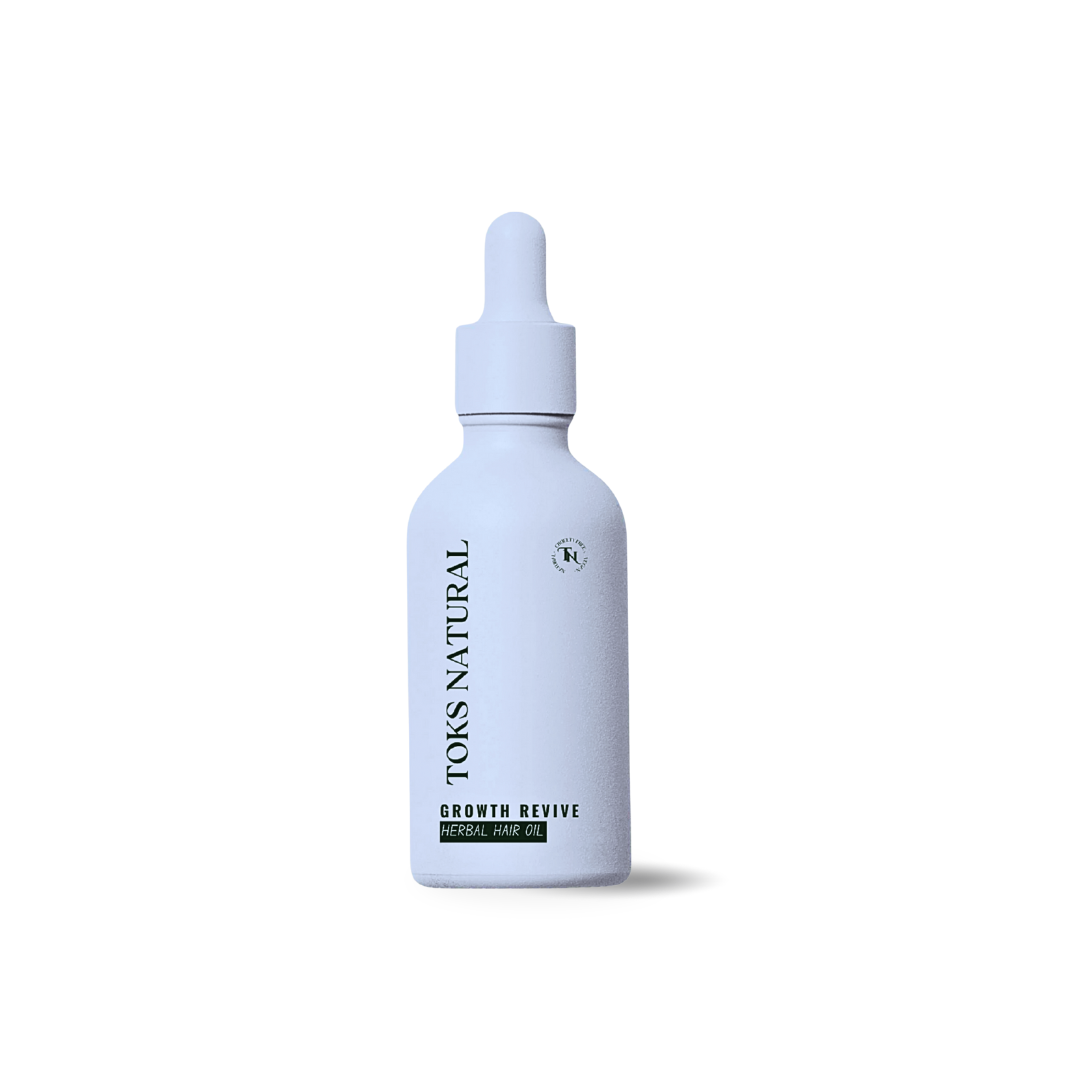
Understanding Hair Shedding vs. Breakage: A Comprehensive Guide
Share
Hair shedding and breakage are two of the most common hair concerns, yet they are often confused. Understanding the difference between them can help you choose the best remedies to promote stronger, healthier hair. In this guide, we’ll break down the causes, signs, and solutions for hair shedding and breakage, empowering you to effectively care for your hair.
Hair Shedding: A Natural Process
Hair shedding is a regular part of the hair growth cycle. This occurs when hair reaches the end of its growth phase, known as the anagen phase, and moves into the resting phase, called the telogen phase. During this stage, the hair follicle detaches, and the strand naturally sheds.
Learn More: Dive deeper into the hair growth cycle to understand how shedding plays a part.
Causes of Hair Shedding
- Hormonal Changes: Hormonal fluctuations, such as those during pregnancy, menopause, or postpartum periods, often lead to increased shedding.
- Stress: Physical or emotional stress can disrupt the hair growth cycle, leading to a condition known as telogen effluvium, where hair sheds prematurely.
- Nutritional Deficiencies: A lack of essential vitamins and minerals like iron, biotin, and vitamin D can impact hair health and lead to shedding. Iron deficiency is particularly known to cause hair thinning.
- Medical Conditions: Conditions like thyroid disorders or autoimmune disorders like alopecia areata can result in excessive shedding.
- Environmental Factors: Extreme weather, pollution, and seasonal changes can weaken hair strands, increasing shedding.
Further Reading: Learn more about what triggers hair shedding and how to address it.
Signs of Hair Shedding
- Increased hair loss during washing or brushing
- Thinning hair or widening of the hair part
- Hair strands on pillows, clothing, or in shower drains
Is Hair Shedding Normal? While some shedding is normal, excessive shedding can be a sign of an underlying issue.
Remedies for Hair Shedding
- Balanced Diet: A diet rich in essential vitamins and minerals, especially iron, vitamin D, and zinc, supports hair health.
- Manage Stress: Incorporate stress-reducing techniques like meditation, yoga, or deep breathing into your routine.
- Gentle Hair Care: Use sulfate-free shampoos and conditioners to prevent scalp irritation and further shedding.
- Minimise Heat Styling: Reducing the use of heat-styling tools helps prevent unnecessary shedding.
- Consult a Professional: If you suspect a medical condition, seek advice from a healthcare provider.
More Tips: Explore effective strategies to reduce hair shedding naturally.
Hair Breakage: When Strands Lose Strength
Unlike hair shedding, which is a natural process, hair breakage occurs when the hair strand itself weakens and splits. Breakage can result from physical damage, chemical treatments, or a lack of moisture, making it a preventable issue with proper care.
Causes of Hair Breakage
- Overprocessing: Excessive use of heat tools, chemical treatments like bleaching, or harsh products weakens the hair, making it more prone to breakage.
- Mechanical Damage: Brushing or styling hair while it’s wet, which is when hair is most vulnerable, can lead to breakage.
- Environmental Factors: UV rays, chlorine, and hard water can cause hair to become brittle and dry, increasing the likelihood of breakage.
- Lack of Moisture: Dry hair is more prone to breakage. For those with curly or textured hair, maintaining adequate moisture is essential.
- Reduced Elasticity: As hair ages or undergoes damage, it loses elasticity, making it more susceptible to breaking.
Avoiding Breakage: Learn more about the common causes and prevention strategies for hair breakage.
Signs of Hair Breakage
- Split ends or visible breakage along the hair strand
- Hair feels rough, dry, or brittle
- Difficulty in retaining length despite minimal shedding
Understanding Breakage: While breakage may cause your hair to look thin and lack volume, it’s preventable with the right care.
Remedies for Hair Breakage
- Regular Trims: Keeping hair trimmed removes split ends and prevents breakage from traveling up the hair shaft.
- Moisturizing Treatments: Use deep conditioners and hair masks to maintain moisture and improve hair elasticity.
- Minimise Heat Styling: Limit the use of heat-styling tools and opt for air-drying to reduce breakage.
- Protection from Environmental Damage: Shield your hair from the sun with a hat or scarf, and rinse hair after swimming to remove chlorine or saltwater.
- Supplements: Biotin and collagen supplements can support hair strength and elasticity from within.
More Advice: Get expert recommendations on preventing and repairing hair breakage.
Conclusion: Take Control of Your Hair Health
Distinguishing between hair shedding and breakage is key to addressing each issue effectively. While shedding is a normal part of hair growth, breakage often results from damage and can be prevented. By focusing on a balanced diet, gentle hair care practices, and regular trims, you can nurture your hair back to health.
Embrace Stronger Hair: Prioritize scalp health, choose products tailored to your needs, and give your hair the love it deserves. With consistent care, you can maintain thick, healthy hair for years to come.



